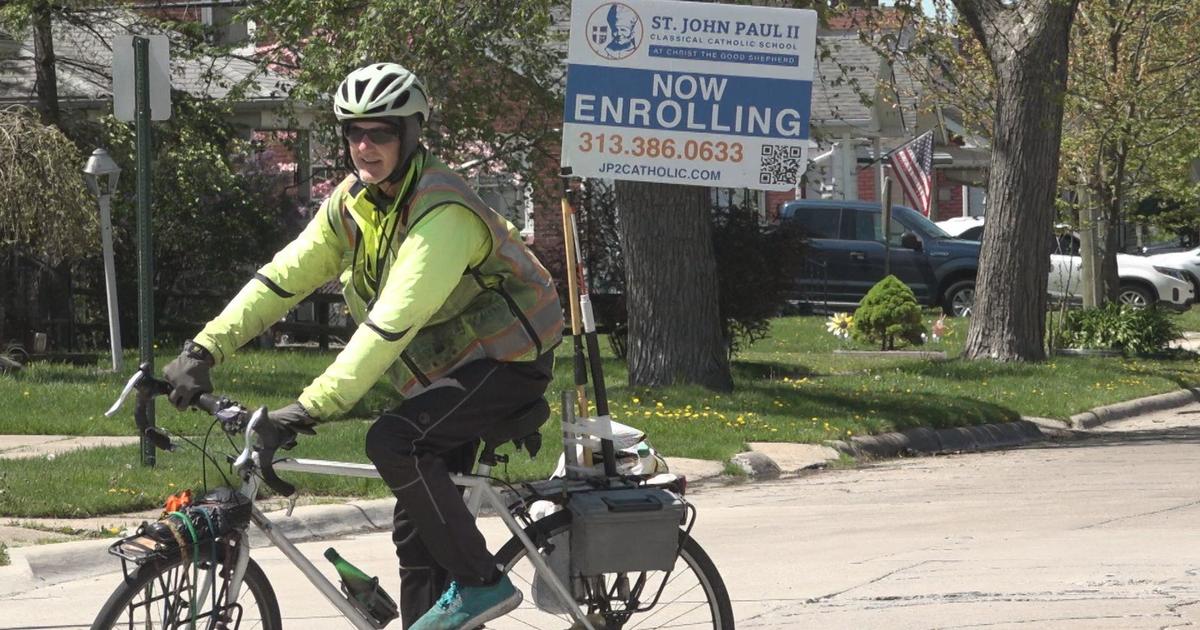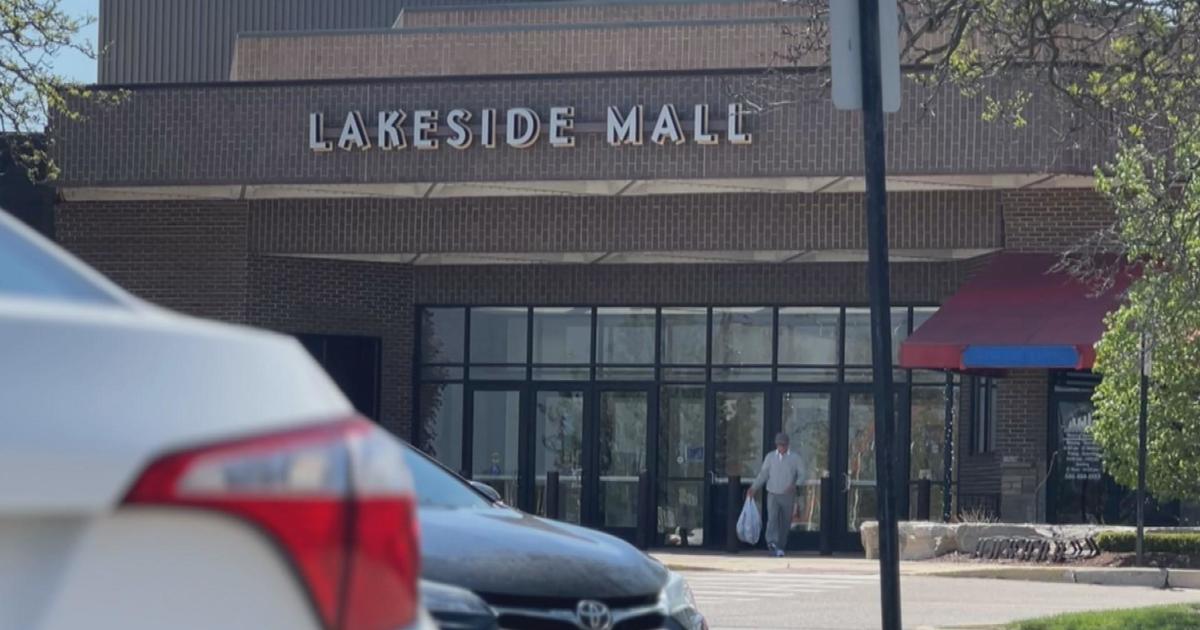Detroit Demolition Goal Within Reach
Not much was left standing on a block-long section of Robinwood after demolition crews roared through late last year, leveling about 10 vacant homes on the east side Detroit street.
Excavators and bulldozers are expected to return soon as part of Mayor Dave Bing's plan to rid the city of 3,000 blighted and dangerous houses in one year. The goal is to have that many of the homes leveled by the end of April.
Buildings, Safety Engineering and Environmental Director Kim James told The Associated Press the city should be able to reach that mark. It's about 1,150 demolitions shy of doing so.
About 1,850 vacant and abandoned houses have been torn down across Detroit since April 2010. The 13 companies hired by the city to do the work have picked up the pace and are bringing down 300 to 400 houses each month.
There are nine obviously vacant houses and seven that appear to be lived in on Robinwood Street between Van Dyke Avenue and Veach Street. Most have their doors and windows boarded up, while others sit dark with their empty insides visible to anyone walking by.
For a city with thousands of abandoned houses, tearing down such structures ``is a good thing,'' said Donald Neal, 42, who lives in the Robinwood area.
``We got a lot of people out here that could be predators,'' Neal said Thursday. ``We have elderly people and children who can be victimized.''
Bing estimates that up to 12,000 vacant houses pose dangers to the community and need to be cleared out.
The mayor vowed that another 3,000 houses would come down by April 2012. He wants 10,000 demolished by the time his four-year term ends in December 2013.
Only 860 empty houses were torn down by the city in 2009.
``We inherited and continue to deal with this challenge at a time of unprecedented housing foreclosures,'' Bing told the AP in a statement Thursday. ``We are committed to removing these dangerous eyesores from our neighborhoods and will continue to work with our community to do so.''
A database of addresses has been compiled with about 6,600 houses currently on Detroit's demolition list. More than 5,000 of those structures have been assigned to contractors.
But the task of clearing out the stockpile of vacant houses across the 139-square-mile city has proved monumental.
In 1997, then-Mayor Dennis Archer pressed for federal help to tear down 8,000 to 10,000 houses and buildings that were beyond rehabilitation.
A survey that a data gathering organization released last year placed the number of vacant and abandoned homes in Detroit at about 33,000.
Even with the increased demolitions last year, some parts of the city still are waiting for eyesores to be removed.
``Tearing houses down is very slow,'' said retiree Phillip Ellis, 61, who lives on Heyden Street in Northwest Detroit. ``People are stripping houses and tearing them down quicker than the city is.''
Ellis said he and the few neighbors who remain have sought the city's help for more than two years.
At least 400 houses in the Brightmoor neighborhood, which includes Heyden Street, have been demolished or are scheduled to come down, James said.
``We have calls all day long, every day'' from residents wondering when demolitions will occur, James said. ``We ask them to just please be patient.''
Standing between the city's efforts to plow over even more houses and cart away the remains are time and money.
In many instances, the process - from identifying the properties to contacting owners to getting approval for demolition - can take months.
Detroit also has a budget deficit of at least $85 million and is relying on upward of $25 million in federal and state funds to pay for the first two years of demolition under Bing's plan.
The city is exploring additional ``innovative funding sources'' in the corporate and philanthropic sector, mayoral spokesman Dan Lijana said.
But Robert Esters, whose family lives in the Robinwood area, worries that as vacant houses are torn down nothing will replace them, leaving already empty neighborhoods even more barren.
``The most dangerous ones need to be torn down,'' said Esters, 34. ``But there are a lot of brick structures that can be rebuilt. You've got six people living on a block when there should be more.''
(Copyright 2011 by The Associated Press. All Rights Reserved.)



